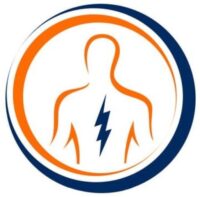Claw toe, as the name implies, is the bending of the toe into a claw-like shape. It most commonly affects the second toe, but can also affect the third to fifth toes.
ICD-9-CM CODES:
- 735.5 Claw toe (acquired)
- 755.66 Other anomalies of toes
ICD-10-CM CODES:
- M20.5X9 Other deformities of toes (acquired), unspecified foot
Today, in this article, we will discuss claw toe causes, features, signs, symptoms, and treatment of this deformity.
Anatomy of the toes:
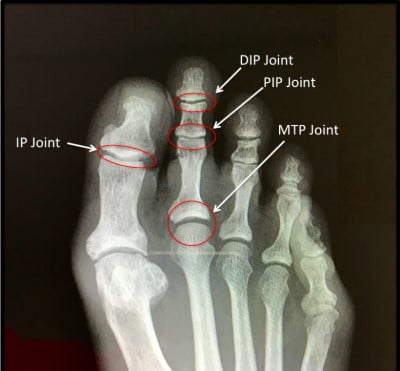
Key Features of Claw Toe:
-Toes are bent into a claw-like position.
-Shortening of flexor digitorum Brevis.
-Hyperextension (dorsiflexion) of the MTP joint with flexion (plantar flexion) of the PIP, DIP is plantar flex.
-Shortening of flexor muscles, fascia, and tendons.
Signs & Symptoms:
- Pain in the metatarsal with walking.
- Corn is present on the top of the toe.
- Alteration in the position of the joint.
- Decrease in the dorsiflexion of the toes.
- There is redness and pain in the affected joint.
- Callus formation under the head of the metatarsal.
- Limited motion of the metatarsal phalangeal joint.
NOTE: Corns are small and round whereas callus is larger and has a more irregular shape. These are formed by rubbing the toes inside the shoe. They may be painful or not.
Causes:
The most common cause of the claw toe is muscle imbalance. Foot muscles can become imbalanced due to the following reasons:
- Trauma
- Tibia fracture
- Pes planus
- Improper footwear
- Commonly seen in conjunction with bunions
- Joint injury
- Muscle atrophy
- Nerve damage
- Spinal cord injury
- Friedreich ataxia
- Osteoarthritis or Rheumatoid arthritis
- Stroke
- Charcot-Marie-Tooth disease
- Diabetes mellitus
Stages:
There are two stages of claw toe:
- FLEXIBLE (Early stage): At this stage, the toes will still flex at the joints, although they’re stiff.
- RIGID (Late stage): At this stage, the toes will become stiff and will not move.
Differential Diagnosis:
- Mallet toe: neutral MTP and PIP joint with flexion of the only DIP.
- Hammer toe: neutral or dorsiflexed MTP, plantar flexed PIP, and neutral or flexed DIP.
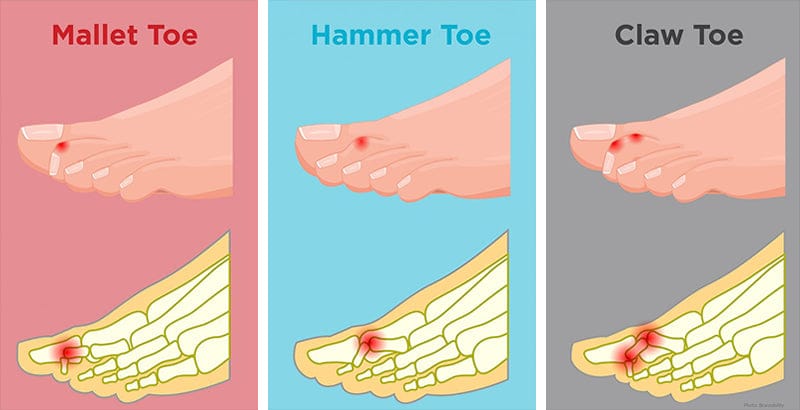
- Hallux rigidus
- Gout
- Osteochondritis dissecans
- Metatarsal stress fracture
- Sesamoiditis, turf toe
- Metatarsalgia
Diagnosis:
It consists of AP, lateral and oblique X-ray views. Findings are bone spur, location, and size which help to assess the extent of the disease and help to plan the treatment.
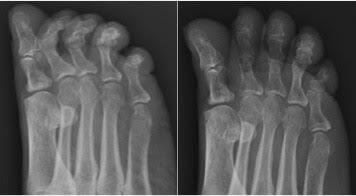
Tests and Measures:
- ROM of PIP & DIP
- Lower limb strength
- Balance test by static single-leg standing while eyes open and closed
- Gait observation and assessment by 2-minute and 6-minute walk test
Treatment of Claw Toe:
Claw toe can be treated surgically as well as non-surgically.
SURGICAL:
- To straighten out the toe:
- Cut or lengthen tendons and ligaments
- Fusion of the joint
- Tendon transfer
MEDICATIONS:
- Anti-inflammatory
NON-SURGICAL MANAGEMENT:
- Rest, to reduce inflammation by weight off feet
- Orthotics with ray cut-out
- If swelling is present, cryotherapy should be done
- In case of pain,
- Ice
- Massage
- Electrical stimulation
- Iontophoresis
- Infrared
- Joint mobilization,
- MTP medial, lateral, anterior, posterior glides, and rotation.
- Posterior talus glide
- Subtalar joint inversion and eversion.
-In case of weakness, strengthening exercises will be done:
- CALF RAISES
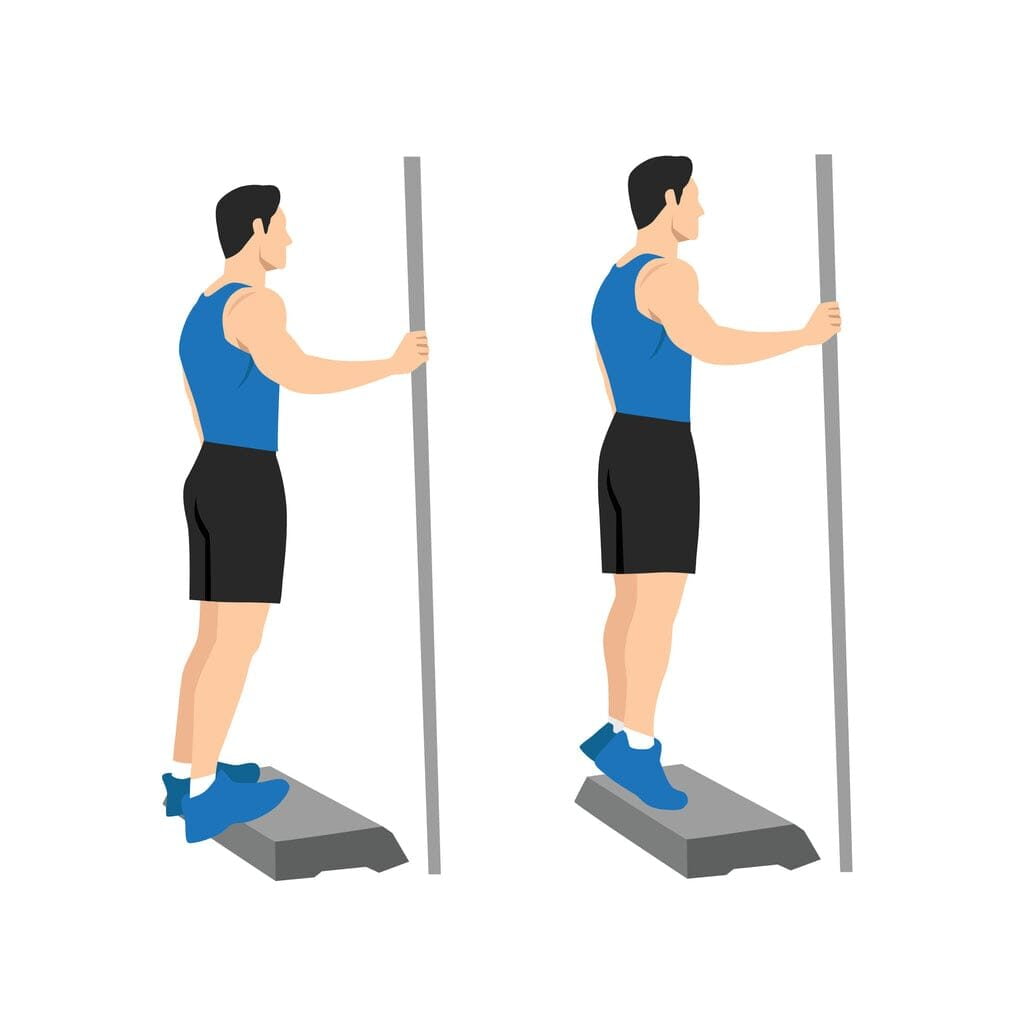
2. TOWEL CURLS:
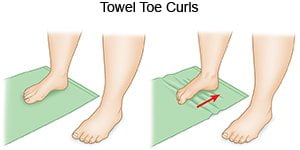
3. STANDING ARCH RAISES:
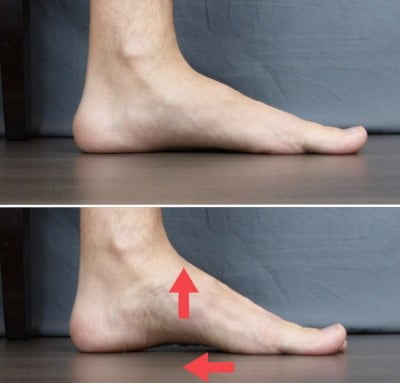
4. ACTIVE WALKING:

-If there is a lack of flexibility, then stretching should be done:
- TOE STRETCHING:
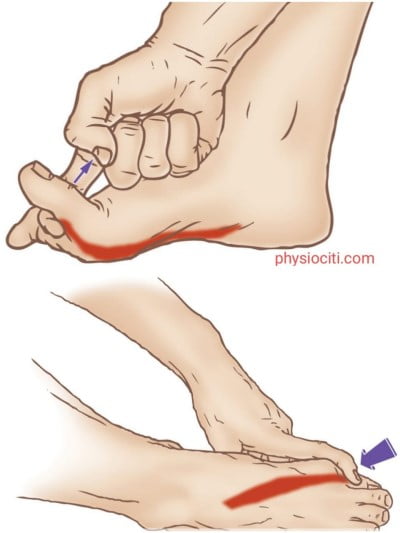
NOTE: Stretching of the thumb, as shown above, is done and stretching of all other toes should be done the same way.
2. CALF STRETCH:
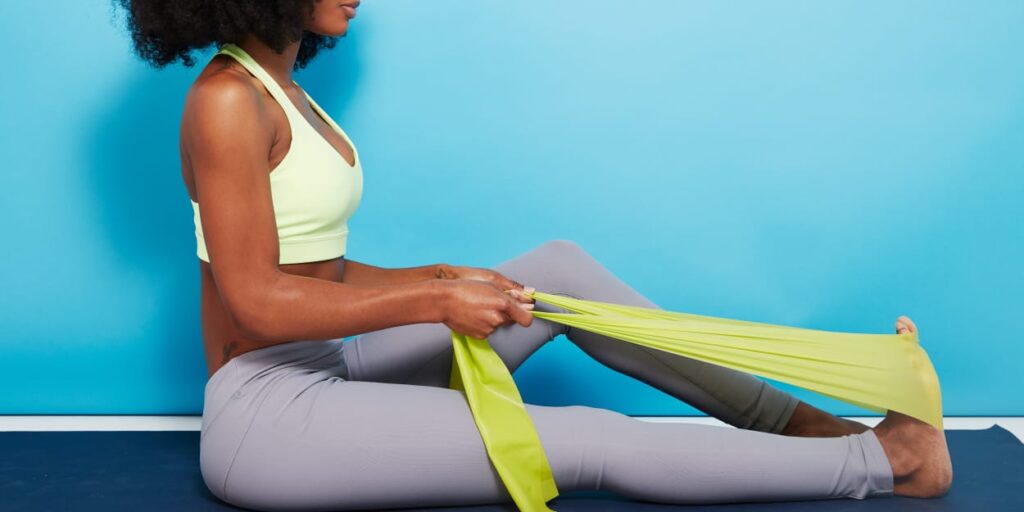

-Patient education in footwear: shoe with a rocker’s bottom to limit first ray extension.
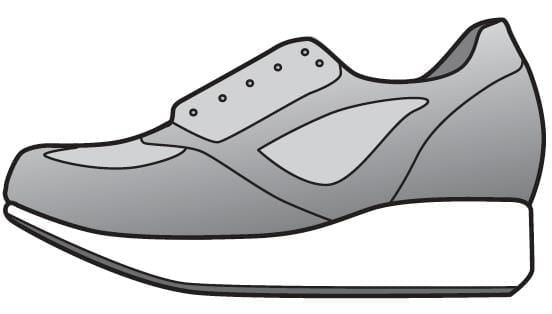
Prevention of Claw Toe:
The occurrence of claw toes can be prevented in the following ways:
- BY EXERCISING YOUR TOES: Stretching and strengthening of your toe muscles should be done to prevent the risk of claw toes.
- BY PROPER FOOTWEAR: Proper footwear is very important to prevent this deformity. Shoes with wide-toe boxes and rocker’s bottoms are recommended to overcome this condition.
- BY USING PUMICE STONE: The use of pumice stone over the corns and callus can soften them and reduce pain from friction.
ALL THE BEST!
